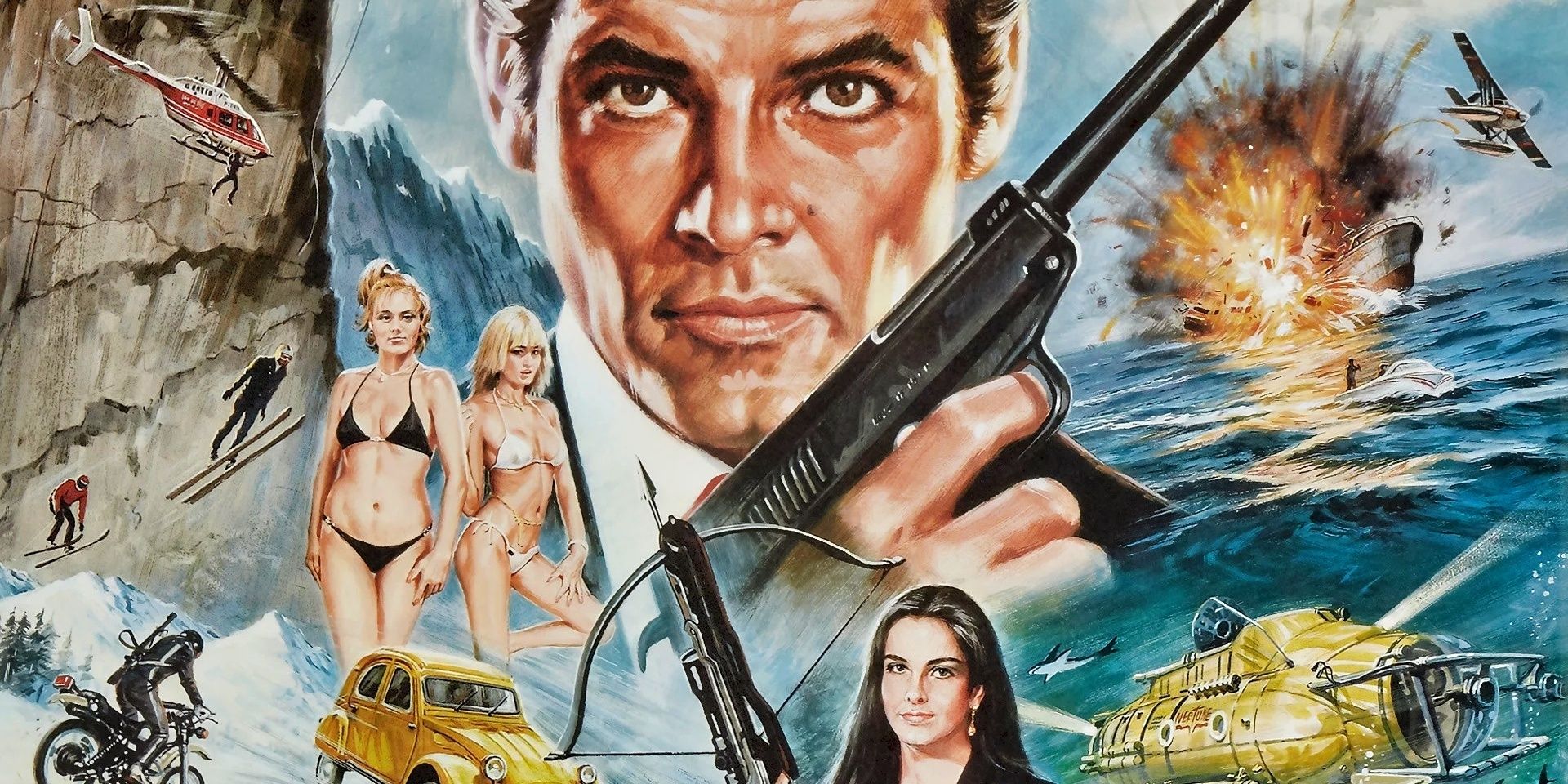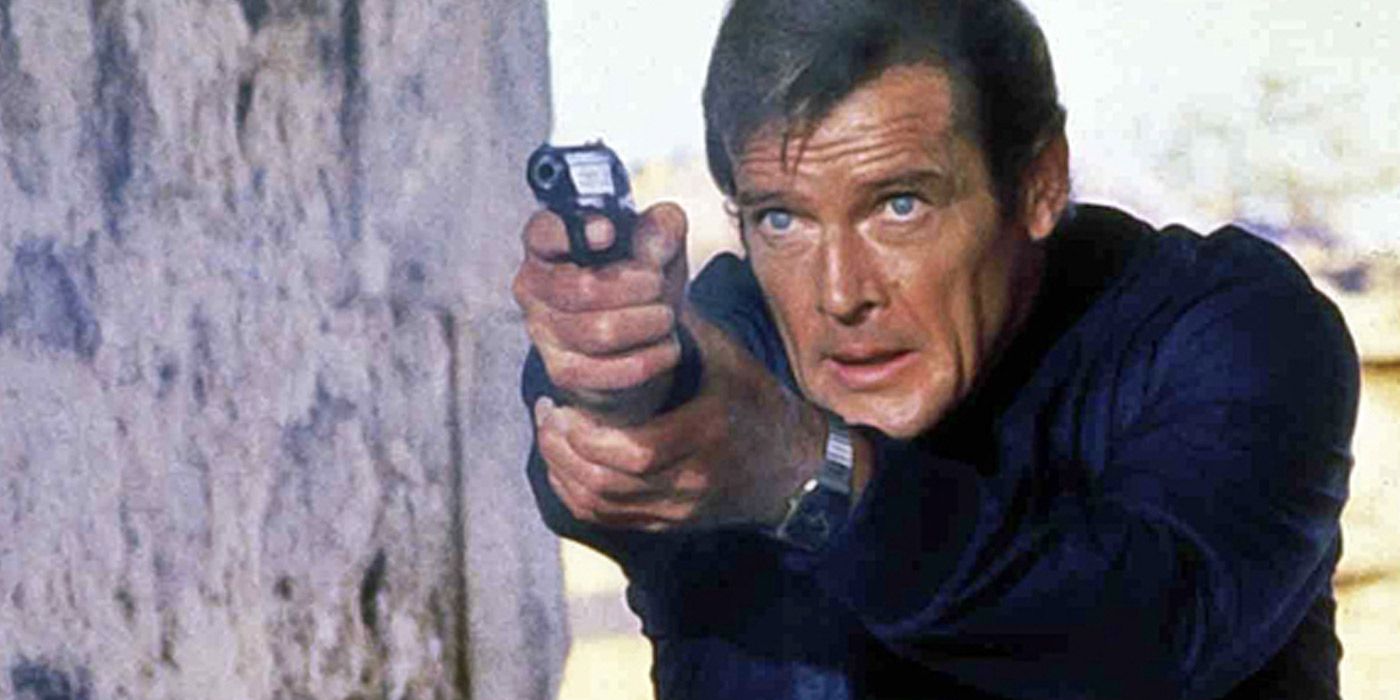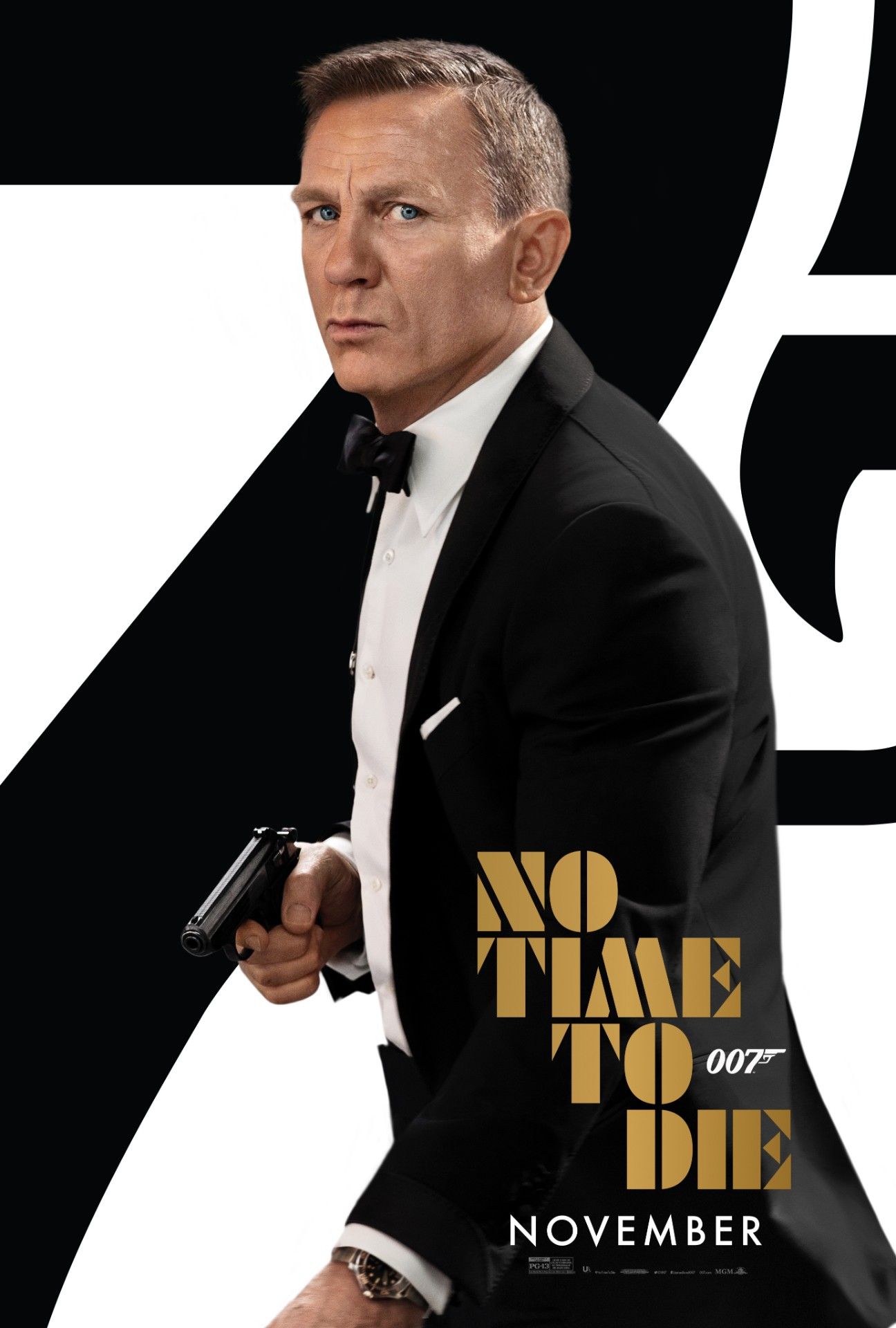For Your Eyes Only is arguably Roger Moore’s strongest outing as James Bond, though it's often lost in the mix among the actor's more over-the-top outings. The twelfth film in the EON franchise finds Bond tasked with retrieving a missing British missile command system (the ATAC) before it gets into the hands of the KGB. Caught up in this race against time is Melina Havelock (Carole Bouquet), who is on her own mission to avenge the murder of her parents.
Contemporary reviews in 1981 were mixed, with some critics mocking Moore’s advancing age (though he would continue in the role for two further adventures). Others dismissed the film as forgettable, too serious and bemoaned its lack of outlandish villains, lavish sets or memorable gadgets. Most of Roger Moore’s 007 films were successful, but are rarely considered ‘top tier’ in Bond rankings. Designed around his playful sense of humor and often played for laughs, they’re significantly removed from Ian Fleming’s description of the character, embodied in Sean Connery’s classic run or Daniel Craig’s ‘blunt instrument’. Though Moore’s films can feel dated to contemporary tastes, For Your Eyes Only is the exception.
Many of the criticisms against the movie miss the point, which was to bring Bond back down to earth after 1979’s Moonraker stretched believability to breaking point by sending him into space. The series could have easily carried on with this fantastical approach (unadjusted for inflation, Moonraker was the most successful Bond film financially at the time). Instead, first-time director John Glen opted for a grittier, more realistic approach and took 007 back to his roots; Ian Fleming. While the films had by that time largely adapted most of the spies’ literary adventures (either faithfully or in name only), a series of short stories were still available. The story “For Your Eyes Only” covers the Havelock's murder and revenge plot points, while “Risico” was used as inspiration for the double-crossing villain and drug smuggling elements of the film adaptation. Another key scene was taken from the novel Live and Let Die, which involved Bond and Melina dragged behind the villain’s boat in shark-infested waters, as the 1973 film omitted the sequence.
Another virtue Roger Moore's For Your Eyes Only has is its approach to Bond in action. While the sequel has its obligatory Q’s lab scene, in the field 007 is quickly stripped of all gadgets, with his beloved Lotus Esprit literally being blown up before he has time to get his keys out. This lack of gizmos means he must survive by his wits (another Fleming trope). Whether he’s being chased through olive groves in a battered Citroën 2CV or hanging on for dear life at the end of a rope in one of the series’ most jaw-dropping pieces of stunt work, Bond doesn’t have a button to push to get out of trouble. It’s a refreshing, back-to-basics approach and one that has again been embraced during Daniel Craig’s tenure.
Aside from Bill Conti’s disco/funk-infused score (divisive, but not without some memorable cues), there is very little to date the film compared to Moore's earlier movies either. Humour is still present but used sparingly, and the cartoonish antics of previous outings are largely gone. Though the movie could be accused of copying the basic outline of a previous Bond adventure (From Russia With Love), the same argument could be leveled at any number of beloved outings in the series too. The tried and tested ‘retrieve the MacGuffin before the bad guys’ plot is a staple of the genre, and despite its critics, For Your Eyes Only does it better than most.



